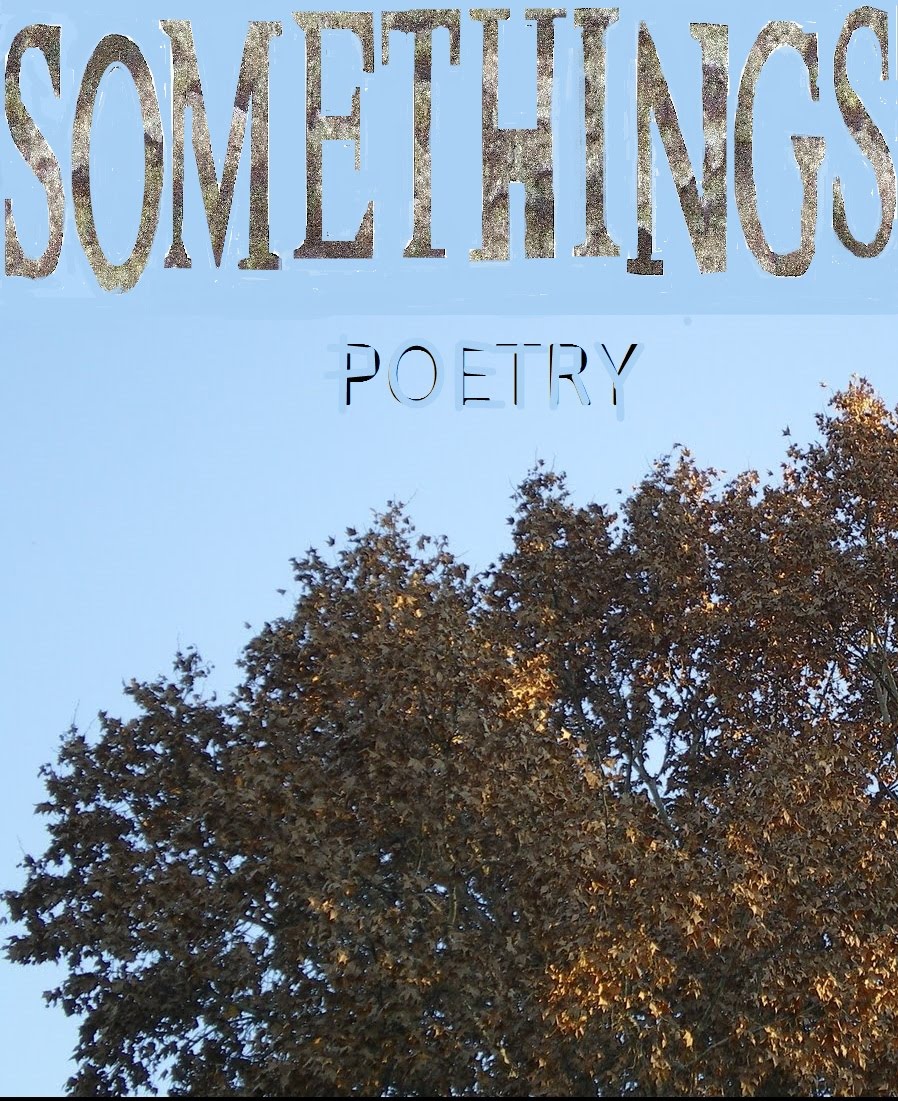
To write poetry, imagination is needed. Good poetry also has a mathematical flow as well. Again it is the marriage of creativity and structure that produces strong work. As I have written before, this rule is not only applied in writing poetry.
To understand math, just as much imagination is needed as in writing poetry. Especially when dealing with imaginary numbers. A better term for imaginary numbers is “Complex Numbers” because in a sense all numbers are imagined. Numbers are contrived to relate tangible objects or phenomena with each other.

The special property of complex numbers is that no “Real Numbers” can be combined to create the imaginary component of a complex number.

A concrete example of complex numbers at work is in an electric circuit that contains an inductor. An inductor is a wire coil with electromagnetic properties, which is used in almost all electronic devices. The flowing current in a circuit can be described by a complex number. The electron flow in the wire can be understood with the real component of a complex number. The imaginary part refers to the magnetic field associated with the inductor. What you lose in electron current you gain in magnetic field and vice versa. When the electron current gets converted into magnetic field energy by the inductor, it is impossible to represent this phenomena with the same positive or negative numbers. Instead a new direction is needed. The new direction is called i for "imaginary". This new direction can also be positive or negative. In other words, the magnetic field can either be growing (the positive imaginary direction) or collapsing (the negative imaginary direction). As the magnetic field grows, it sucks energy from the circuit and stores it in a magnetic field. As the magnetic field collapses, energy is released back into the circuit. So the imaginary part of the complex number represents the quantity of magnetic field present as well as its dynamical state (positive or negative). This can be visualized on the complex number plane. The notation for a complex number is
x + i y.
Where x is the distance along the real axis, and y is the distance along the imaginary axis. So this number is some position in that 2-dimensional plane.
Both the real part and the imaginary parts of the complex number represent "real" quantities in the "real" world, which can be used for “real” applications.
In fact, complex numbers are used in countless technologies today. Some are...
Data encryption,
Wireless technologies,
And...
Poetry?
I attempted to use poetic devices to explain my knowledge of circuits to make it understandable. All good writing should have poetic devices to articulate its meaning. Even when describing scientific topics, there is an art to making it legible.
Everyday I leave Precalc in a mathematical mindset, which must evolve into a much more abstract mindset for Contemporary American Poetry. But for the last week I have found Precalc just as abstract as Poetry class. Through this blog I have managed to dig a deeper understanding in both classes. Thanks to Dr. Cooper for showing me the BBC podcast, which inspired this blog post.

No comments:
Post a Comment